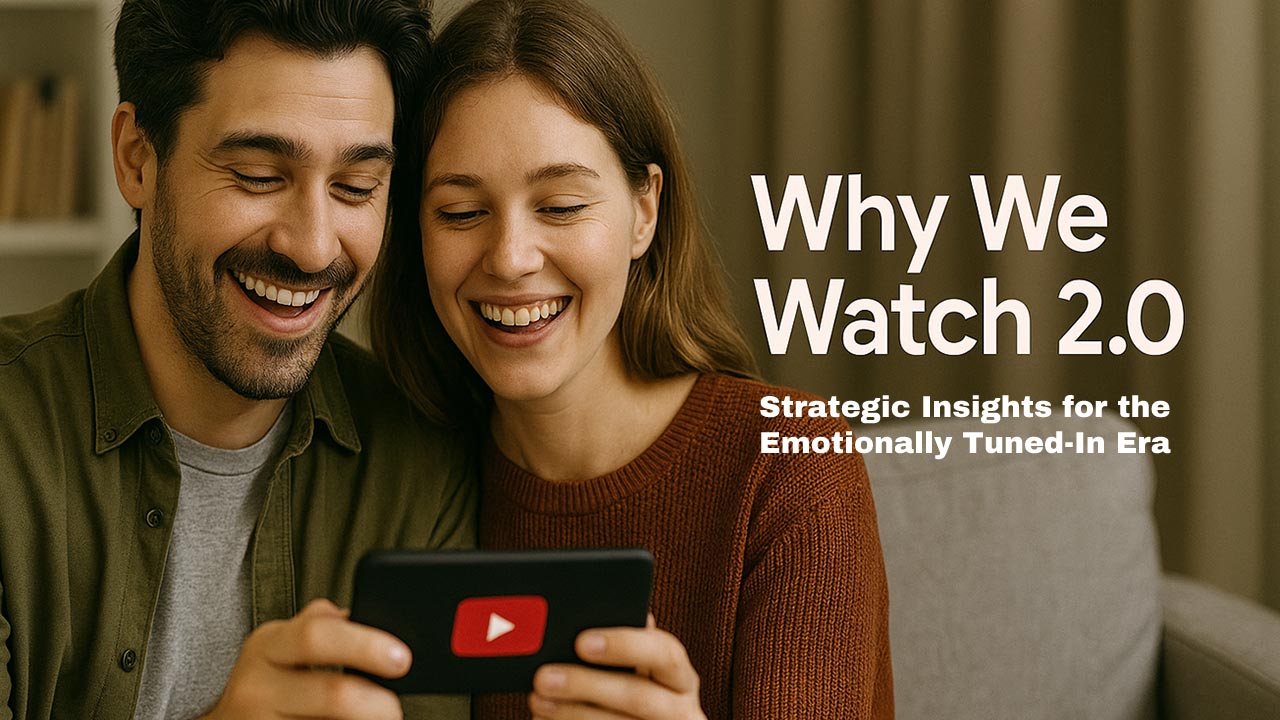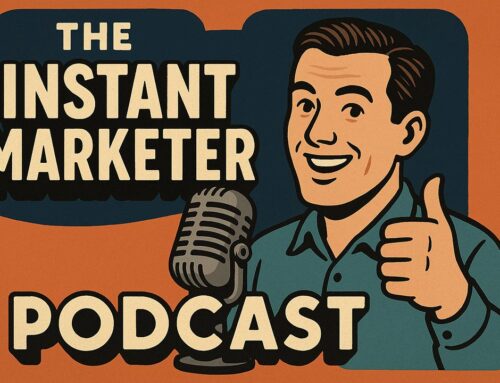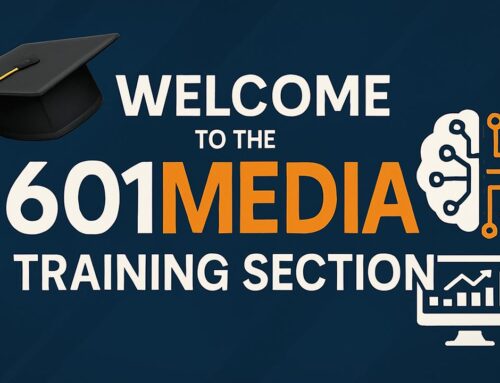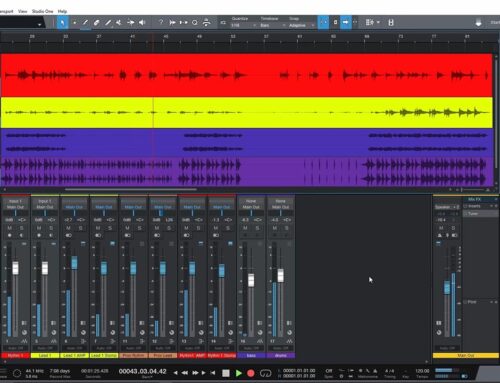Why We Watch 2.0, Google Report
Google’s latest report doesn’t just chronicle viewership trends. It redefines what quality means in video content today. Emotional resonance now outweighs technical polish. Creator authenticity trumps production budgets. And platforms like YouTube have become cultural co-creation hubs where audiences aren’t just consumers—they’re curators, collaborators, and co-storytellers.
Now, let’s get to some strategic insights for an emotionally tuned-in era.
Table of Contents
- Paradigm Shift: From Passive Viewing to Personal Investment
- The Neuroscience of Storytelling: What the Brain Really Remembers
- Emotional Quality > Production Value
- Curation = Commitment
- Ads That Work Feel Like Content That Cares
- Creator Trust Is the New Brand Equity
- High-Impact Stats at a Glance
- Action Steps for Marketers & Creators
- Top 5 Frequently Asked Questions
- Final Thought
Paradigm Shift: From Passive Viewing to Personal Investment
We are no longer a “broadcast society.” What Why We Watch 2.0 reveals is that viewers now actively shape their own media universes. The old gatekeepers—network schedulers and film studios—are increasingly irrelevant. YouTube isn’t just a platform; it’s an emotional feedback loop.
- 82% of Italian viewers said that high-quality video makes them feel their time was well spent.
- 90% say quality content must deliver both emotionally and technically, yet only <1% believe technical factors alone define quality.
Takeaway: Emotional engagement is the new KPI. Creators and marketers must treat every video as a story that matters—not just something that “looks good.”
The Neuroscience of Storytelling: What the Brain Really Remembers
Google’s partnership with Neuro-Insight used SST™ neuroimaging to map viewers’ brain activity while watching YouTube content. What they found:
- Videos from favorite YouTube creators triggered very high emotional intensity scores (0.74+).
- Emotions most often associated: happiness, inspiration, relaxation, and feeling informed.
- Strong correlations were observed between relatability, authenticity, and memory retention.
Implication for Marketers: Want to be remembered? Don’t just entertain—connect. Your video should feel like it was made for them, not just about something.
Emotional Quality > Production Value
Viewers today don’t rank “blockbuster polish” over substance. Instead, they look for content that:
- Captures attention
- Teaches something new
- Feels meaningful and personal
- Reflects their lived experience
- Is trustworthy and accurate
For younger viewers (18–34), creative originality and relatability top the charts. For older demographics, trust and relevance matter more.
Strategic Insight: Audience segmentation isn’t just about demographics—it’s about emotional priorities.
Curation = Commitment
In an experiment requiring users to start from scratch with new YouTube accounts, engagement and content satisfaction skyrocketed over two weeks—as users “taught” the algorithm what mattered to them.
- Relevance, enjoyment, and even ad receptivity increased dramatically (+100% in some cases).
- Sentiment around advertising improved in parallel with emotional investment in content.
Lesson: The more people curate, the more they care. Algorithms don’t just serve content—they forge bonds.
Ads That Work Feel Like Content That Cares
Viewers on YouTube don’t mind ads—if they feel relevant, personal, or support creators they love:
- 66% accept ads that are interesting and engaging
- 59% accept ads that support their favorite content creators
- YouTube outperforms broadcast and social platforms in every category of ad acceptance
Marketing Insight: Ads must align with emotional context, not just content context. You’re not interrupting a video—you’re entering a relationship.
Creator Trust Is the New Brand Equity
Trust has migrated from institutions to individuals. YouTube ranks highest for trustworthiness among 18–34-year-olds, even outpacing traditional broadcast.
- 63% of Italian viewers believe creators on YouTube are “authentically themselves”
- Trust fosters memory; memory fosters behavior. This is how purchase decisions form.
Actionable Idea: Co-create with trusted creators rather than chasing ad inventory alone. Influence flows from relatability, not reach.
Brands that win in this landscape will be those that understand viewers as people first, metrics second.
High-Impact Stats at a Glance
| Insight | Stat |
|---|---|
| Emotional markers > Technical | 97% vs. 91% |
| “High-quality content must be meaningful” | 93% |
| Viewers who watch ads to support creators | +70% over time |
| YouTube’s emotional engagement score (SST) | 0.74 (very high) |
| Preference for content that reflects personal interests | 90% |
| Viewers saying “my content choices shape culture” | 74% |
Action Steps for Marketers & Creators
- Invest in story-first content—technical polish is a baseline, not a differentiator.
- Embed authenticity—people trust people, not platforms.
- Personalize through curation—the more effort users put in, the more connected they feel.
- Align ads with intent—don’t disrupt, enhance the experience.
- Use emotional metrics—test for engagement, memory, and relevance, not just view count.
Top 5 Frequently Asked Questions
Final Thought
The data is clear: we watch not just to consume but to connect. Today’s viewer isn’t watching the way they once did. They are building their identity through playlists, preferences, and platforms that speak to who they are.









Leave A Comment